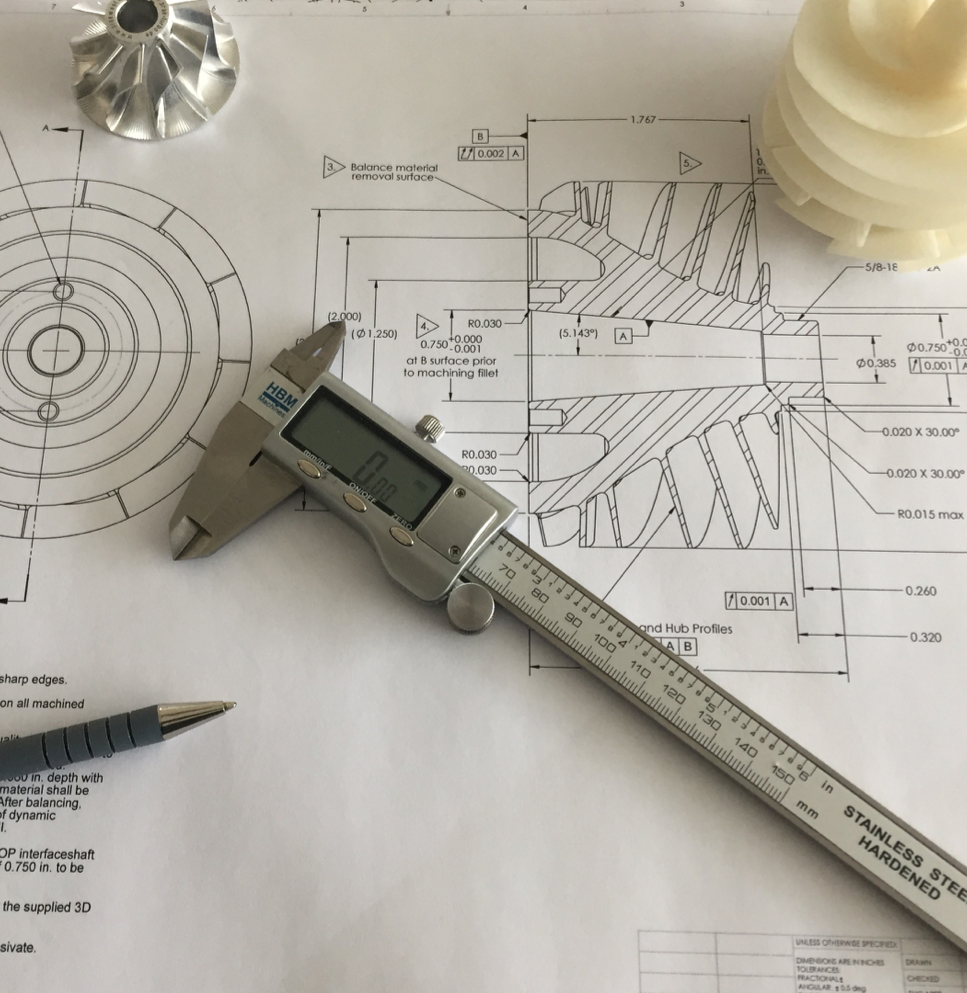
Secondary Flow Mitigation in Turbine Vanes Through Endwall Fence Shape Optimization
Student: Giacomo Mingardo
Main Supervisors: Dr. M. Pini, Prof. Y. Kawata
The threat of global warming made the increase of efficiency a crucial objective for future power plants and aero engines. As secondary flow is a major source of aerodynamic losses in turbines, its mitigation is critical to enable efficient designs. However, the suppression of secondary flow formation is challenging due to the complexity of the flow field and to the variability of its features according to each cascade characteristics. One solution is the use of three-dimensional endwall fence, to reduce secondary flow losses. Three-dimensional fences can reduce the secondary flow penetration, increase the pitch-wise uniformity of vorticity, reduce the kinetic energy of the crossflow and decrease the mixing out of the vortices downstream the blade passage. At the same time, the endwall fence entails an increment of wetted area and viscous losses, making the design of its shape a trade-off problem. The design of such devices must be tailored to the specific turbine and is usually obtained via lengthy and time-consuming experimental campaigns. Shape optimization can greatly enhance the design process of these components as it provides a way to investigate the fluid dynamic performance of a multitude of fence geometries at affordable computational cost. This work presents a numerical methodology to automate the endwall fence design; a surrogate-based optimization is applied to minimize the total pressure losses of a steam turbine cascade. The results of the numerical analysis indicate a reduction of 48% of the secondary kinetic energy leading to a decrease of 1.96% in total pressure loss of the optimized design with respect to the baseline geometry without endwall fence. The partition of the passage vorticity led to a weakening of the secondary flow strength and consequently to reduced downstream mixing losses. A wind tunnel validation of the improvement has been finally carried out, confirming the success of the methodology.

